Satoshi Kon’s life was tragically cut short at the age of 46 due to pancreatic cancer; however, despite his abbreviated life his impact in anime and our collective culture as a whole is vast. As we mark the 14th year since his passing we wanted to revisit his most notable works.
5. Millenium Actress
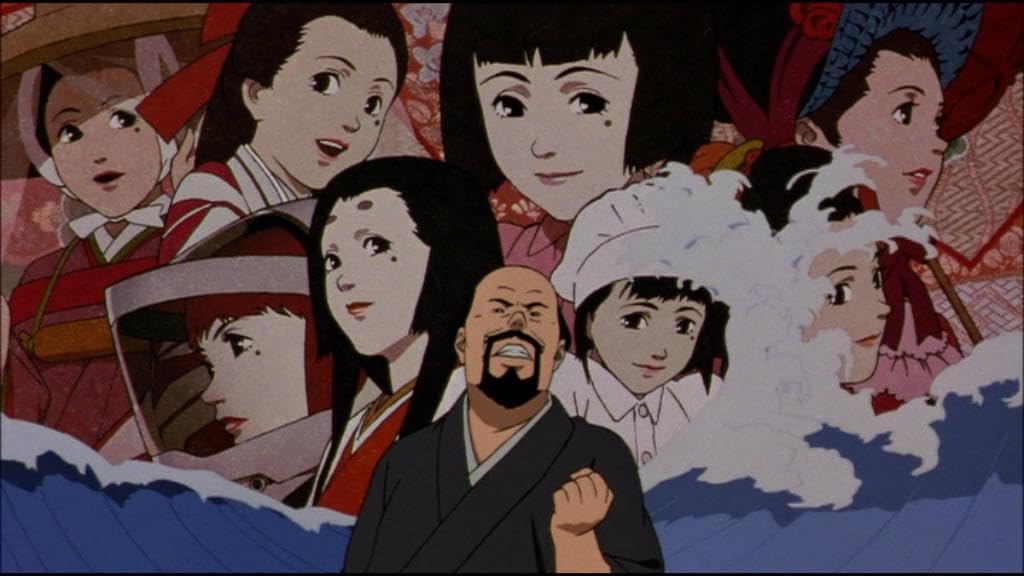
Millenium Actress (Satoshi Kon)
Satoshi Kon has consistently shown his deep love for cinema, evident in the numerous homages and references to films and theaters throughout his works, particularly in Paprika. However, Millennium Actress stands as his clearest ode to the art of filmmaking. The film centers on veteran actress Chiyoko Fujiwara as she recounts her life story—a tale of love found and lost amidst the backdrop of war. Kon masterfully blends fiction with reality, using the films within the film as a narrative device to tell Chiyoko’s story. This creates a cinematic experience that, while mesmerizing, can also be a bit perplexing.
This weaving of realities is a hallmark of Kon’s style, present in most of his films, with the possible exception of Tokyo Godfathers. While Millennium Actress is undoubtedly deserving of a large audience, its ambition may also be its greatest challenge. The film attempts to cover a vast scope, which can sometimes make it difficult to follow the narrative thread. However, with repeated viewings, Millennium Actress becomes a rewarding treasure, revealing more layers each time. As one grows older, the film’s themes resonate even more deeply, making it a truly enriching experience.
4. Paranoia Agent
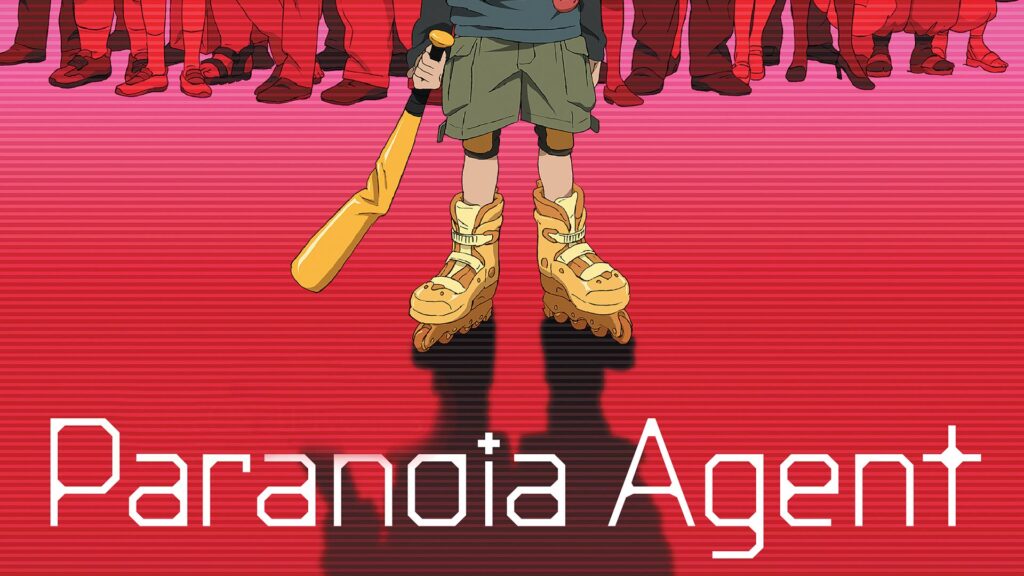
Paranoia Agent (Satoshi Kon)
By the time Satoshi Kon developed Paranoia Agent in 2004, he already had three films – Perfect Blue, Tokyo Godfathers, and Millenium Actress – under his belt that showcased his unique talents and vision. It’s perhaps unsurprising, then, that Madhouse, the production company behind his previous films, gave him the space afforded in Paranoia Agent, his 13-episode anime series, to fully explore his ideas. And explore he did, as Kon presented one of the most unique, if not divisive, anime of the early 2000s.
In the series, Kon tells the story of Tsukiko Sagi, a character best known for creating a Hello Kitty-like mascot, who is under pressure to come up with the next big thing. As she struggles to find inspiration, she’s attacked by a mysterious figure dubbed Lil’ Slugger, who becomes tied to an increasing number of crimes. Kon uses the mystery of Lil’ Slugger’s crimes as the throughline for the series, while simultaneously exploring the lives of Sagi and other Tokyo residents in increasingly surreal scenarios.
Paranoia Agent shifts wildly in mood and tone—from chaotic to quiet, energetic to calm—sometimes within an episode, sometimes even within a single scene. Though it’s a perplexing show that many love, and some love to hate, it continues to prove the richness of Kon’s imaginative storytelling, making his early passing all the more tragic.
3. Paprika
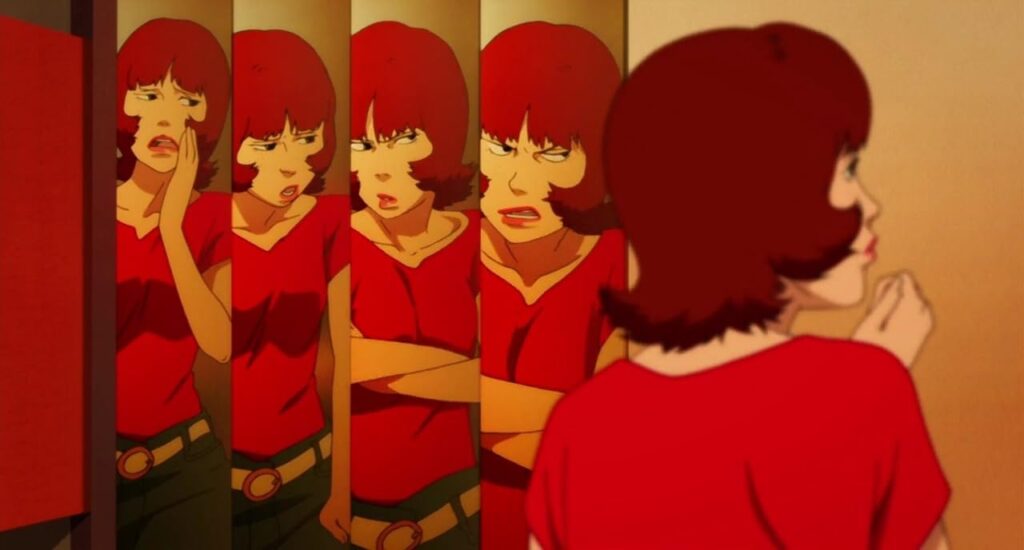
Paprika (Satoshi Kon)
Paprika wasn’t my first encounter with Satoshi Kon’s work, but it was the first film of his that I saw in theaters. For that reason, it holds a special place as one of my favorites. Experiencing Kon’s craft on the big screen was a memorable treat, showcasing the meticulous attention to detail and artistry of his team.
The film’s story felt remarkably ahead of its time in 2006. The titular character, Paprika, seamlessly navigates dreams to provide therapy and bring happiness to her clients. This concept was so innovative that when Christopher Nolan’s Inception arrived nearly four years later, it already seemed somewhat antiquated in comparison.
Beyond its compelling characters and narrative, Paprika is, in today’s terms, a true “vibe.” Its dreamlike, eccentric qualities, along with the Fellini homages, create a mesmerizing experience. The music by Susumu Hirasawa, a frequent collaborator with Kon, elevates the film even further, adding to its soaring, ethereal quality.
Though Paprika was tragically Satoshi Kon’s final film, it stands as a fitting and electrifying swan song, encapsulating the creative brilliance of his career.
2. Tokyo Godfathers
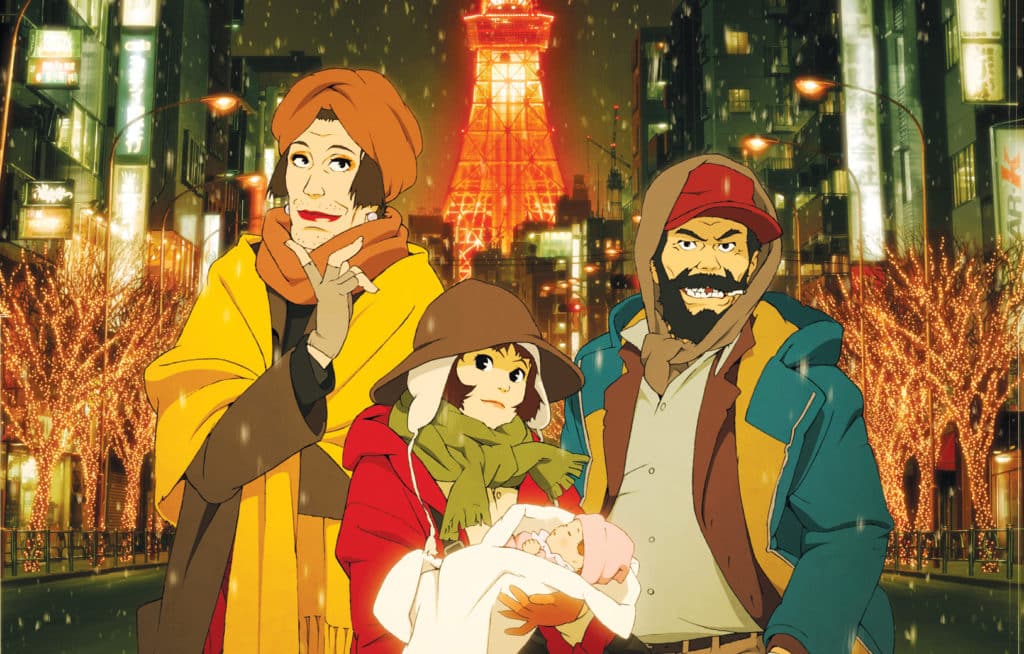
Tokyo Godfathers by Satoshi Kon (Source: GKIDS)
Satoshi Kon’s Tokyo Godfathers stands out in his filmography, especially when viewed in the context of his other works like Perfect Blue and Paranoia Agent. Released between these darker explorations of identity and psychological complexity, Tokyo Godfathers may seem like an outlier due to its straightforward narrative, optimism, and Christmas setting. This film about three transients who discover a baby on Christmas Eve feels distinctly different from Kon’s usual themes, which often delve into the darker aspects of life.
However, Tokyo Godfathers is not entirely disconnected from Kon’s broader thematic concerns. It continues to explore themes of self-identity and redemption, and it includes references to classic films, such as John Ford’s Three Godfathers, which align with Kon’s penchant for cinematic homage. While it might not share the intense psychological depth of Perfect Blue or Paranoia Agent, it still reflects Kon’s humanistic approach and his interest in societal issues.
One can only wonder how Kon’s style might have evolved had he lived longer, potentially incorporating more works like Tokyo Godfathers. For now, I’m grateful for this film, which I revisit every Christmas. I often recommend it as an ideal introduction to Kon’s filmography for younger audiences, given its warmth and accessibility compared to his more intense works.
1. Perfect Blue
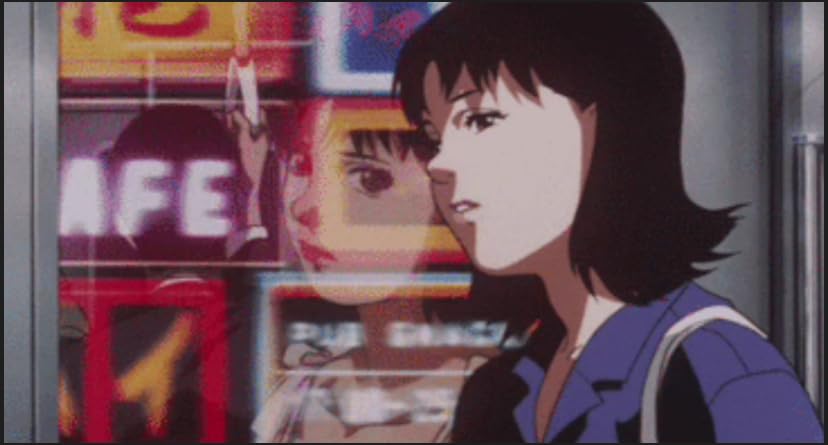
Perfect Blue (1997) by Satoshi Kon
Perfect Blue’s enduring impact on our culture is a testament to its profound insight and growing relevance in today’s world. When it was released in 1997, the film explored the harrowing journey of a young woman aspiring to stardom, whose growing sense of unease and disorientation reflects the immense pressures and perceived threats surrounding her. In hindsight, the story of Mima Kirigoe resonates even more strongly when we consider the real-life experiences of stars like Britney Spears and Amanda Bynes, whose lives have been scrutinized under new perspectives. Like Mima, they were subjected to the same controlling, hateful, and misogynistic treatment during the late 90s and early 2000s.
Satoshi Kon’s prescient vision doesn’t end there. Perfect Blue has left an indelible mark on modern cinema, particularly influencing the work of director Darren Aronofsky. Both Requiem for a Dream and, even more strikingly, Black Swan borrow heavily from—or pay homage to, if you prefer—Kon’s masterpiece. In Black Swan, we once again witness the high-pressure world of performance art, this time through the lens of ballet, where Natalie Portman’s character struggles to prove herself to the world, her peers, her manager, and ultimately, herself.
If Perfect Blue only served as a mirror reflecting the harsh realities faced by female celebrities, it would already be a powerful film. However, its relevance has only deepened over time, now offering a critique of modern social media culture. In today’s world, countless young people subject themselves to intense scrutiny on platforms like Instagram and TikTok, hoping to achieve influencer status.
While we may never fully understand the societal forces that make stardom such a treacherous path, particularly for young women, Perfect Blue continues to challenge us to think critically about the nature of fandom, celebrity, and the complexities they entail.







